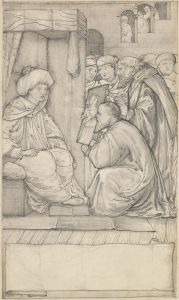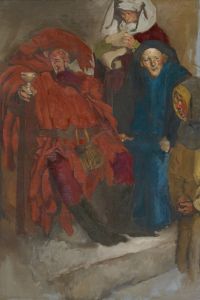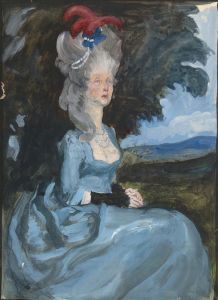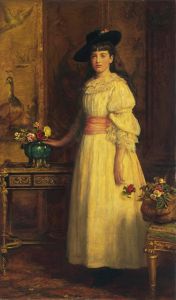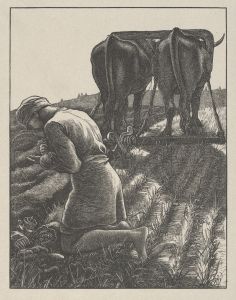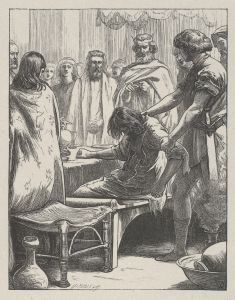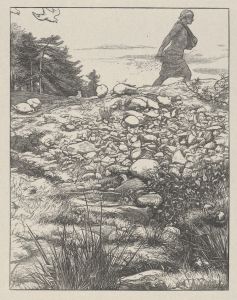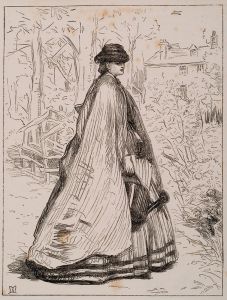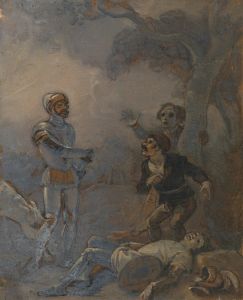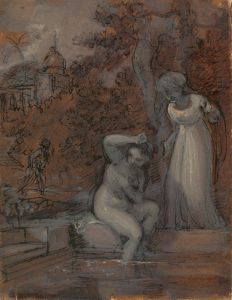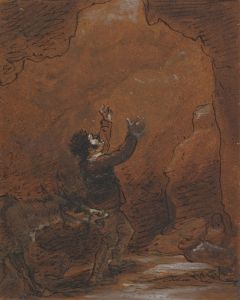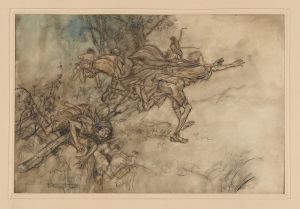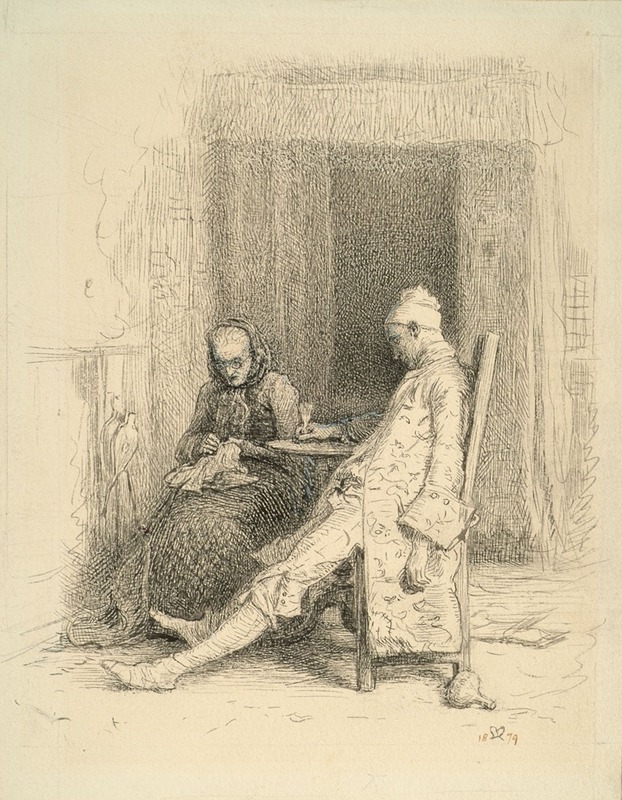
Thackeray’s Barry Lyndon – The Last Days of Barry Lyndon
A hand-painted replica of Sir John Everett Millais’s masterpiece Thackeray’s Barry Lyndon – The Last Days of Barry Lyndon, meticulously crafted by professional artists to capture the true essence of the original. Each piece is created with museum-quality canvas and rare mineral pigments, carefully painted by experienced artists with delicate brushstrokes and rich, layered colors to perfectly recreate the texture of the original artwork. Unlike machine-printed reproductions, this hand-painted version brings the painting to life, infused with the artist’s emotions and skill in every stroke. Whether for personal collection or home decoration, it instantly elevates the artistic atmosphere of any space.
Thackeray’s Barry Lyndon – The Last Days of Barry Lyndon is a painting created by the British artist Sir John Everett Millais in 1861. The artwork is based on the novel The Luck of Barry Lyndon (1844) by William Makepeace Thackeray, a satirical story about the rise and fall of an Irish adventurer, Redmond Barry, who later styles himself as Barry Lyndon. The painting specifically depicts a moment from the latter part of the protagonist's life, reflecting the themes of decline and misfortune that characterize the novel's conclusion.
Millais, a founding member of the Pre-Raphaelite Brotherhood, was known for his detailed and emotionally evocative works. In this painting, he captures the somber and reflective mood of Barry Lyndon's final days. The composition focuses on the protagonist in a moment of introspection, emphasizing his fall from grace and the consequences of his reckless ambition. Millais's attention to detail and use of light and shadow enhance the emotional depth of the scene, aligning with the Pre-Raphaelite ideals of realism and narrative richness.
The painting was exhibited at the Royal Academy in London in 1861 and was well-received for its technical execution and its ability to convey the moral and emotional weight of Thackeray's story. Millais's choice to illustrate a literary subject reflects the Victorian era's fascination with the interplay between visual art and literature, as well as the popularity of Thackeray's works during this period.
The artwork is notable for its historical and cultural significance, as it represents a collaboration between two prominent figures of 19th-century British art and literature. It also serves as an example of how Victorian artists sought to engage with contemporary narratives and moral themes through their work. Today, the painting is recognized as an important piece in Millais's oeuvre and a testament to the enduring influence of Thackeray's storytelling.
Further details about the current location or ownership of the painting are not readily available in public records.





